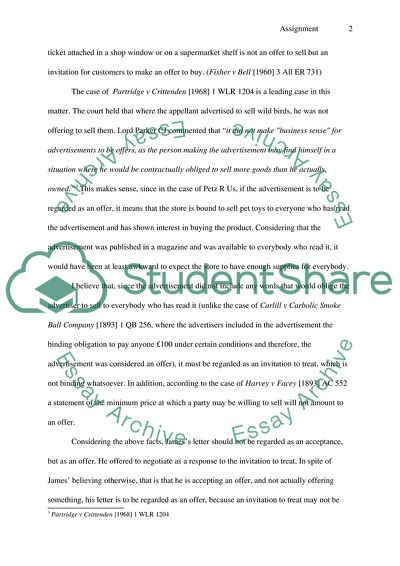Cite this document
(“The Advertisement for the Pet Toys Assignment Example | Topics and Well Written Essays - 1500 words”, n.d.)
The Advertisement for the Pet Toys Assignment Example | Topics and Well Written Essays - 1500 words. Retrieved from https://studentshare.org/media/1737416-law
The Advertisement for the Pet Toys Assignment Example | Topics and Well Written Essays - 1500 words. Retrieved from https://studentshare.org/media/1737416-law
(The Advertisement for the Pet Toys Assignment Example | Topics and Well Written Essays - 1500 Words)
The Advertisement for the Pet Toys Assignment Example | Topics and Well Written Essays - 1500 Words. https://studentshare.org/media/1737416-law.
The Advertisement for the Pet Toys Assignment Example | Topics and Well Written Essays - 1500 Words. https://studentshare.org/media/1737416-law.
“The Advertisement for the Pet Toys Assignment Example | Topics and Well Written Essays - 1500 Words”, n.d. https://studentshare.org/media/1737416-law.


